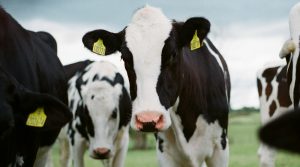
Floodwaters affected the accessibility of highways, bridges, and creek crossings, causing significant logistical issues for feed trucks, milk tankers and worker accessibility to farms.
Dairy farms were impacted with varying severity with farm roads washed away, irrigation systems damaged and fences taken down or caught with debris.
Flood water also affected some hay and crop producing farmers with paddocks inundated and crops waterlogged.
A full damage report is yet to be compiled as assessments and recovery are still under way.
The impacts of a weather event such as this will continue to be experienced by farmers well after the flood water recedes with ongoing cell count or mastitis issues caused from the combination of compromised cow health and change in environmental conditions.
Flood waters can also have a long-term impact on the farm through weed seed and nutrient deposits where floodwaters have sat as well as the removal of nutrients from runoff and erosion.
This may impact soil health, influencing soil carbon, calcium, and magnesium ratios and available phosphorous.
More information and resources on long-term flood impacts can be found on Growcom’s Agrilearn website under the NDRP: Floods program.
Category B assistance is available to flood affected famers in this region, which entitles farmers within the declared disaster areas to fodder freight subsidies and concessional loans to ensure business continuity.
Grants jointly funded by the Commonwealth and Queensland governments have also been made available, with up to $50,000 for primary producers, small businesses and not-for-profit to assist with the repairs and recovery efforts from the floods.
























